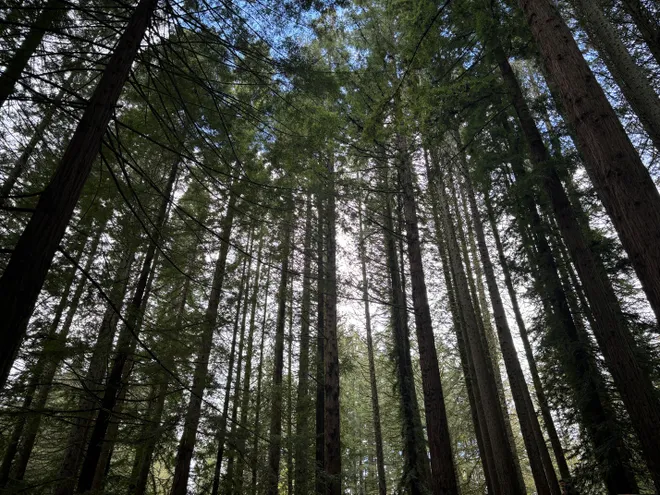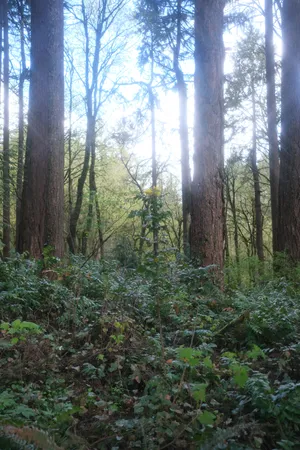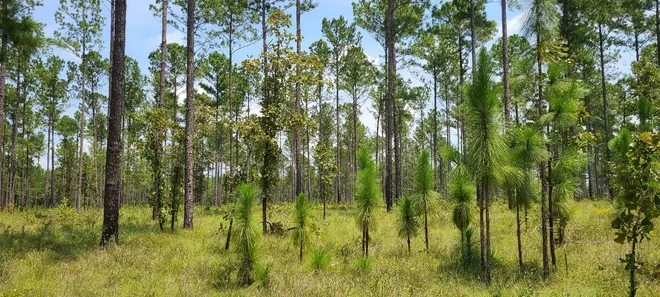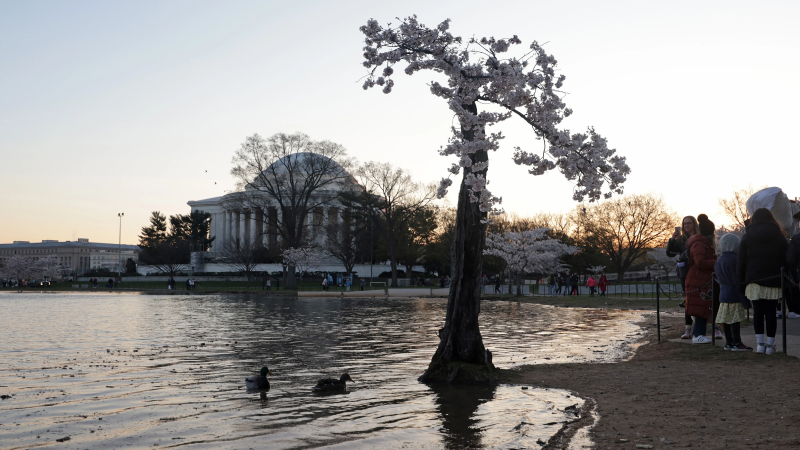Arbor Day: How a Nebraska editor and Richard Nixon, separated by a century, gave trees a day
Get the dirt and shovels ready, it's Arbor Day and it's time to celebrate by planting a tree.
Arbor Day started back in 1872 in Nebraska City, when a journalist proposed a day to inspire Nebraskans to plant trees in their community, states the History Channel.
Today, the holiday is recognized nation wide. According to GovInfo, President Richard Nixon designated the last Friday of April as National Arbor Day in 1970.
"At a time when we as a people are becoming more concerned with the quality of our environment, it is fitting that we give more attention to the planting of trees in rural and urban communities," said Nixon.

More ways to celebrate the Earth:When is Earth Day 2024? How the day raises awareness about climate change, our environment
How did it get started?
This is the story of how the holiday got it's start, according to the History Channel.
The first Arbor Day was held on April 10, 1872 after Julius Sterling Morton, a journalist who soon became editor of Nebraska City News, the state’s first newspaper, proposed the idea.
He used his platform at the paper to educate people on the importance of trees, then proposed the idea for the day on January 7, 1872. It was a total success.
Fast forward to over a century later and his holiday is still being celebrated.

How do you celebrate Arbor Day?
According to the Arbor Day Foundation, there are several different ways folks can celebrate the holiday.
First, folks can always celebrate by planting a tree or volunteering for an organization to plant trees locally. The organization states people can also volunteer to clean up a park.
There are also simpler options, like reading books or even writing about trees.
Folks with extra cash can also choose to donate to organizations, like the National Forest Foundation, that are working to reforest national forests.
Why are trees important?
According to the Arbor Day Foundation, climate change is the biggest challenge that faces the planet, but more trees can pull greenhouse gases, like carbon dioxide, out of the atmosphere.
"Every tree planted is a step in the right direction," states the foundation's website.
According to the EPA, planting trees and vegetation can cool areas.

"Research shows that urban forests have temperatures that are on average 2.9 degrees lower than unforested urban areas," it states.
Not only does planting trees in urban areas reduce the temperature, it also reduces energy use, improves air quality, and improves quality of life.
Trees prevent heat islands, too. These "islands" are urbanized areas that see higher temperatures of one to seven degrees higher than surrounding areas states the EPA.
According to Scientific American, they happen when an area lacks trees so heat gets absorbed by buildings, streets and parking lots.
According to the EPA, this phenomenon often affects people of color and folks who live in low-income communities and historically redlined neighborhoods.

"Planting trees in underserved neighborhoods addresses basic human rights to health, safety and welfare," states the Tree Equity Score's website, a tool that"highlights inequitable access to trees," which was developed by American Forests.
According to the Tree Equity Score, to reach "tree equity" around half a billion trees need to be planted in the United States, which would provide $3 billion in benefits every year.
Disclaimer: The copyright of this article belongs to the original author. Reposting this article is solely for the purpose of information dissemination and does not constitute any investment advice. If there is any infringement, please contact us immediately. We will make corrections or deletions as necessary. Thank you.



